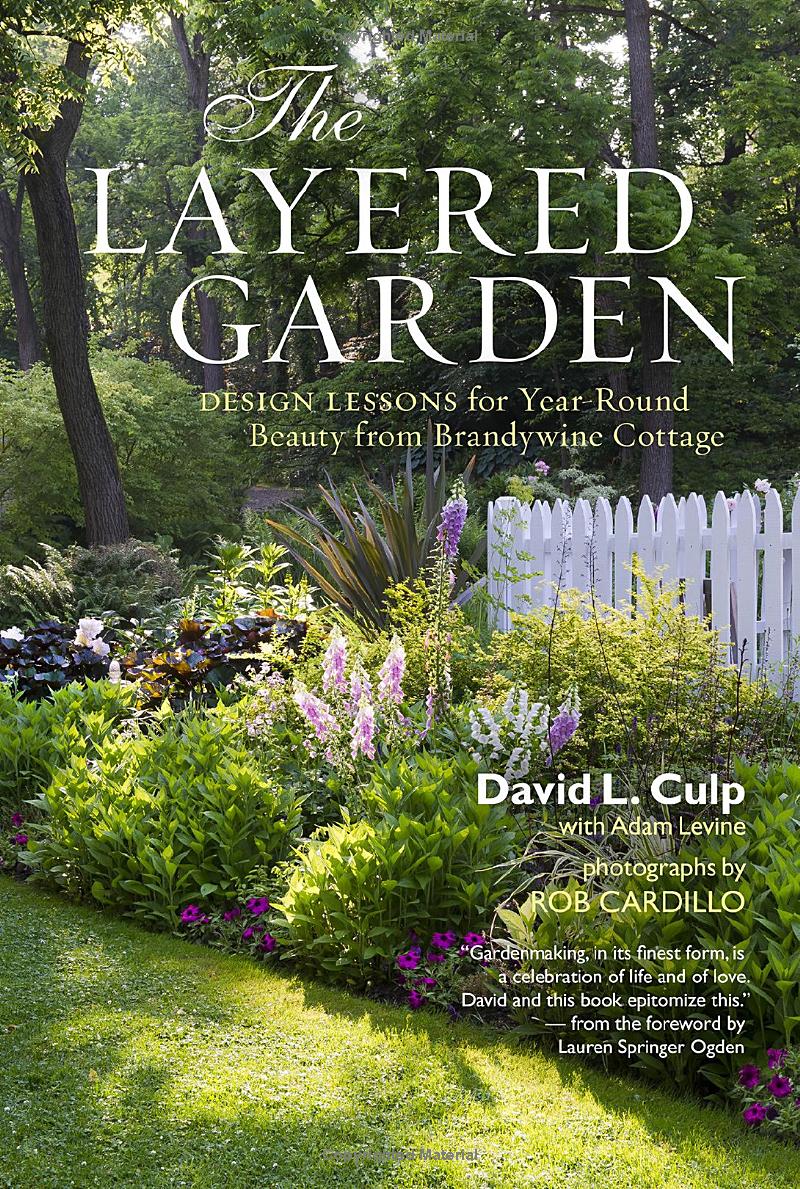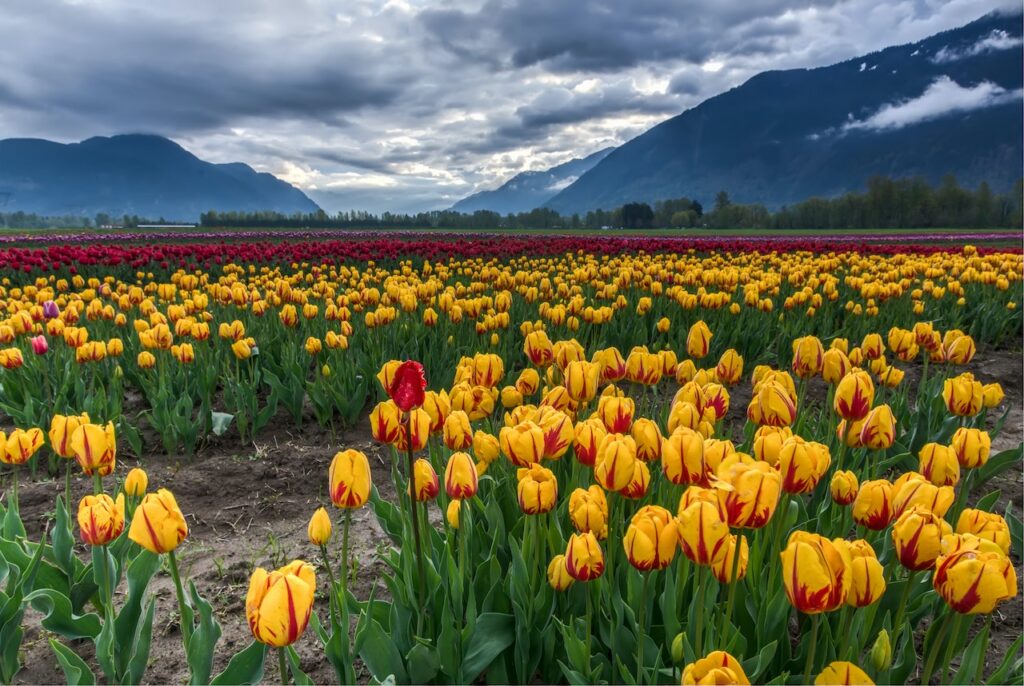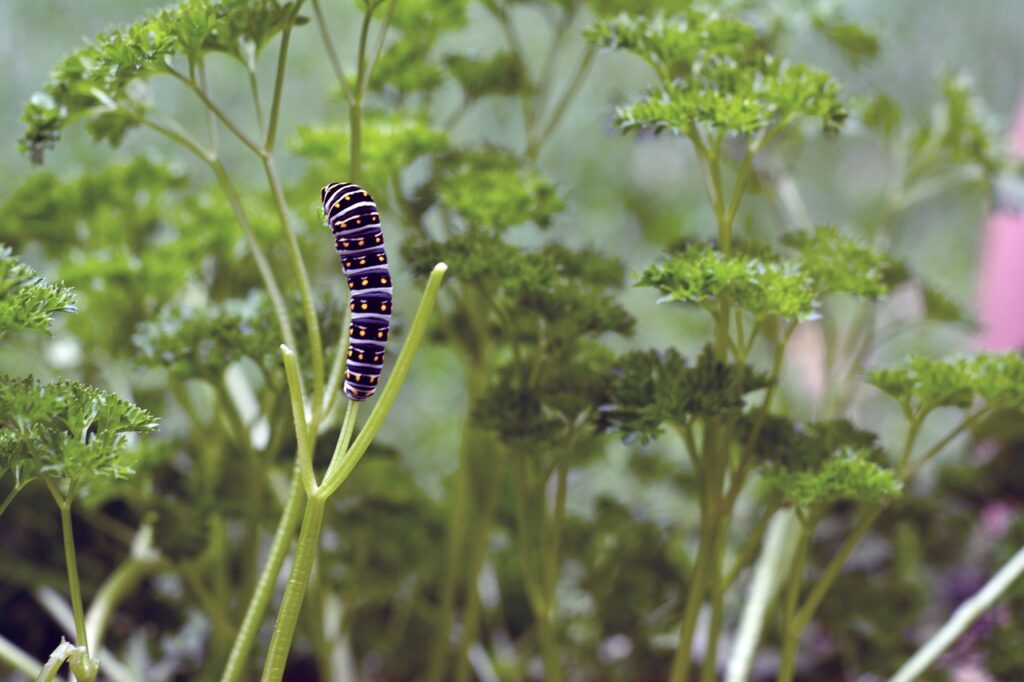Picture this: as the sun paints the sky with shades of golden hour, a vivid garden tableau unfolds before you, where a cavalcade of flora in harmonious discord weave a breathtaking tapestry, a living art that breathes, blooms, and adapts with the seasons. This isn’t just a poetic vision, but the aesthetic and sustainable practice of layering or interplanting. Dive deep with me, fellow garden enthusiasts, into the wonderful world of layering—where you play the composer, orchestrating a harmonious growth of numerous plant species in a singular, vibrant garden symphony.
Could your garden be the next canvas for a botanical masterpiece? Let’s explore this possibility together.
Introduction to Layering
Allow me to guide you through the intricacies of layering, a gardening technique that not only creates a lush and ever-changing garden panorama but also contributes positively to the ecosystem, fostering symbiotic relationships between plants and encouraging biodiversity.
Imagine your garden as an organic stage where various performers take their turns in the spotlight, ensuring a continuous spectacle throughout the year. Doesn’t the thought of your garden transforming into a dynamic theatre of blossoms and foliage tickle your green thumb?
Step 1: Understanding the Philosophy of Layering
- Ecological Harmony: Layering mimics the natural cycles of a forest, promoting a healthy garden ecosystem.
- Aesthetic Appeal: A multi-dimensional garden that offers a pleasing visual treat throughout the seasons.
- Resource Optimization: Through strategic planting, you can maximize the use of space and resources.
Now, what steps can lead you to choreograph this dynamic dance of nature in your garden?
Setting the Stage (The Preliminaries)
Before setting forth on this botanical adventure, understanding your garden’s personality is imperative. Like a seasoned artist choosing the right canvas, understanding the soil type, sunlight patterns, and climatic conditions play a pivotal role in this gardening ballet.
Step 2: Soil Preparation and Analysis
- Soil Analysis: Start with a thorough soil analysis to understand the soil structure and its nutrient content.
- Soil Preparation: Incorporate organic matter to enrich the soil, ensuring a nurturing ground for a medley of plants.
- pH Balance: Maintain an optimal pH balance to encourage the growth of various species harmoniously.
Ever wondered how each plant could potentially interact with one another in a cramped space? The next step unveils this mystery.
Choreographing the Plant Dance
Layering is akin to crafting a complex narrative, where each plant species plays a character with a unique role in the unfolding garden drama. Identifying these characters and understanding their nature is the key to crafting a vibrant and harmonious garden space.
Step 3: Plant Selection and Symbiosis
- Plant Selection: Choose a variety of plants with diverse growth patterns and flowering seasons.
- Companion Planting: Explore the principles of companion planting to foster beneficial interactions between different species.
- Pest Control: Integrate plants that naturally repel pests, creating a harmonious garden environment.
Could you be the maestro conducting this intricate botanical symphony? Let’s forge ahead to understand the finer nuances.
Crafting the Tapestry (Implementing the Plan)
Imagine being a painter, but instead of a canvas, your medium is the earth, and your pigments, a palette of vibrant flora. With the earth prepared and characters chosen, it’s time to paint your masterpiece, one layer at a time.
Step 4: Layering – The Art of Interplanting
- Height Variation: Create a dynamic visual impact by interplanting species with varying heights, forming a living tapestry of colors and textures.
- Successional Planting: Schedule the planting in succession to ensure a continuous bloom cycle, where one species takes over as another fades.
- Sensory Appeal: Consider adding plants with fragrant flowers or aromatic foliage to engage multiple senses in the garden experience.
But how do you maintain this living art? The next section is your guide to nurturing this vibrant mosaic.
Tending to the Living Canvas (Maintenance)
A garden is a living entity, constantly evolving and changing. As a gardener, you are the caretaker of this living art, gently steering and nurturing its growth, ensuring its vibrant continuity.
Step 5: Nurturing and Pruning
- Regular Monitoring: Keep a vigilant eye on the growth patterns and make adjustments as necessary.
- Pruning: Regular pruning helps to maintain the shape and health of your layered garden.
- Nutrient Management: Ensure a balanced nutrient supply to foster healthy growth and prevent competition between plants.
Are you ready to behold the beauty of your living tapestry, unfolding before your very eyes, season after season?
Reveling in the Botanical Ballet (Conclusion)
As the seasons roll, your garden transforms into a stage where a botanical ballet unfolds, an ever-changing performance that offers new delights and surprises at every turn. Layering or interplanting is not just a gardening technique, it’s an art form, a celebration of life in its most vibrant and diverse forms.
Step 6: Reflection and Adaptation
- Garden Journal: Maintain a garden journal to document the growth patterns and lessons learned.
- Seasonal Reflection: Take time to reflect upon the seasonal changes and adapt your strategies accordingly.
- Community Engagement: Share your experiences and learn from fellow garden enthusiasts to continually evolve your garden.
Now, what would be the golden nuggets, the pièce de résistance, that encapsulate this journey into layering?
Key Takeaways
- Layering fosters ecological harmony and aesthetic appeal, creating a vibrant living tapestry that evolves with the seasons.
- Understanding and adapting to the natural rhythms of your garden environment are pivotal in crafting a successful layered garden.
- Community engagement and learning are integral aspects of growing as a gardener and enhancing your layered garden’s richness.
Dear garden aficionados, are you ready to embark on this journey of creating a living, breathing masterpiece right in your backyard? Remember, in the world of gardening, patience blooms into the most beautiful flowers.
Let your garden be a testament to the beautiful, harmonious, and rhythmic dance of nature, where every day is a fresh canvas, waiting for the paint strokes of your green thumb. Happy Gardening!

The Layered Garden
Design Lessons for Year-Round Beauty from Brandywine Cottage
“Gardenmaking, in its finest form, is a celebration of life and of love. David and his book epitomize this.” —Lauren Springer Ogden
Brandywine Cottage is David Culp’s beloved two-acre Pennsylvania garden where he mastered the design technique of layering—interplanting many different species in the same area so that as one plant passes its peak, another takes over.
Get it on Amazon!


